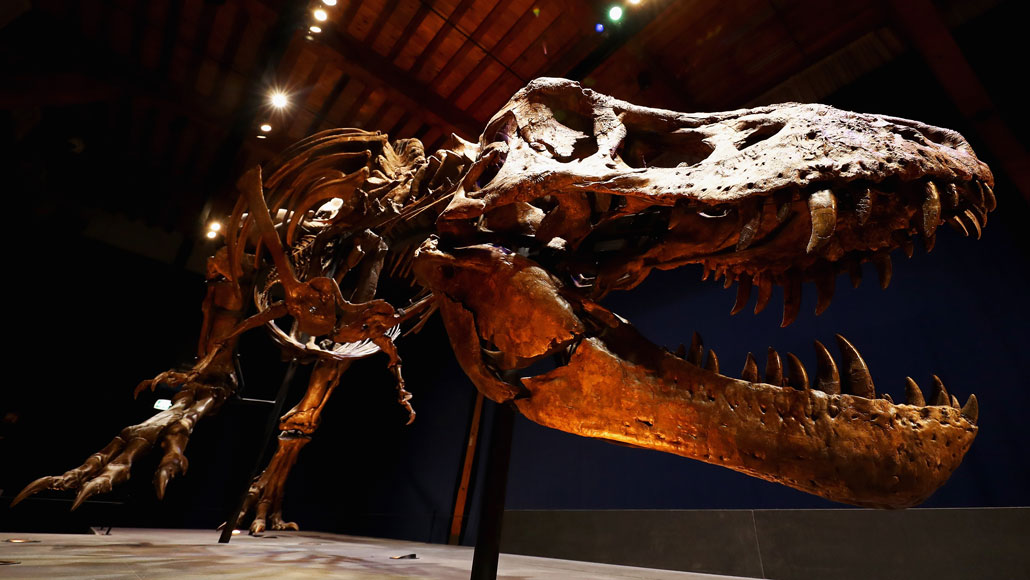Questions for “The secret to T. rex‘s incredible biting force is at last revealed”

The jaws of a T. rex, such as this one displayed at the Natural History Museum of Leiden, could generate bone-crushing forces. A particular bone near the rear of its lower jaw makes that possible.
Dean Mouhtaropoulos/Getty Images Plus